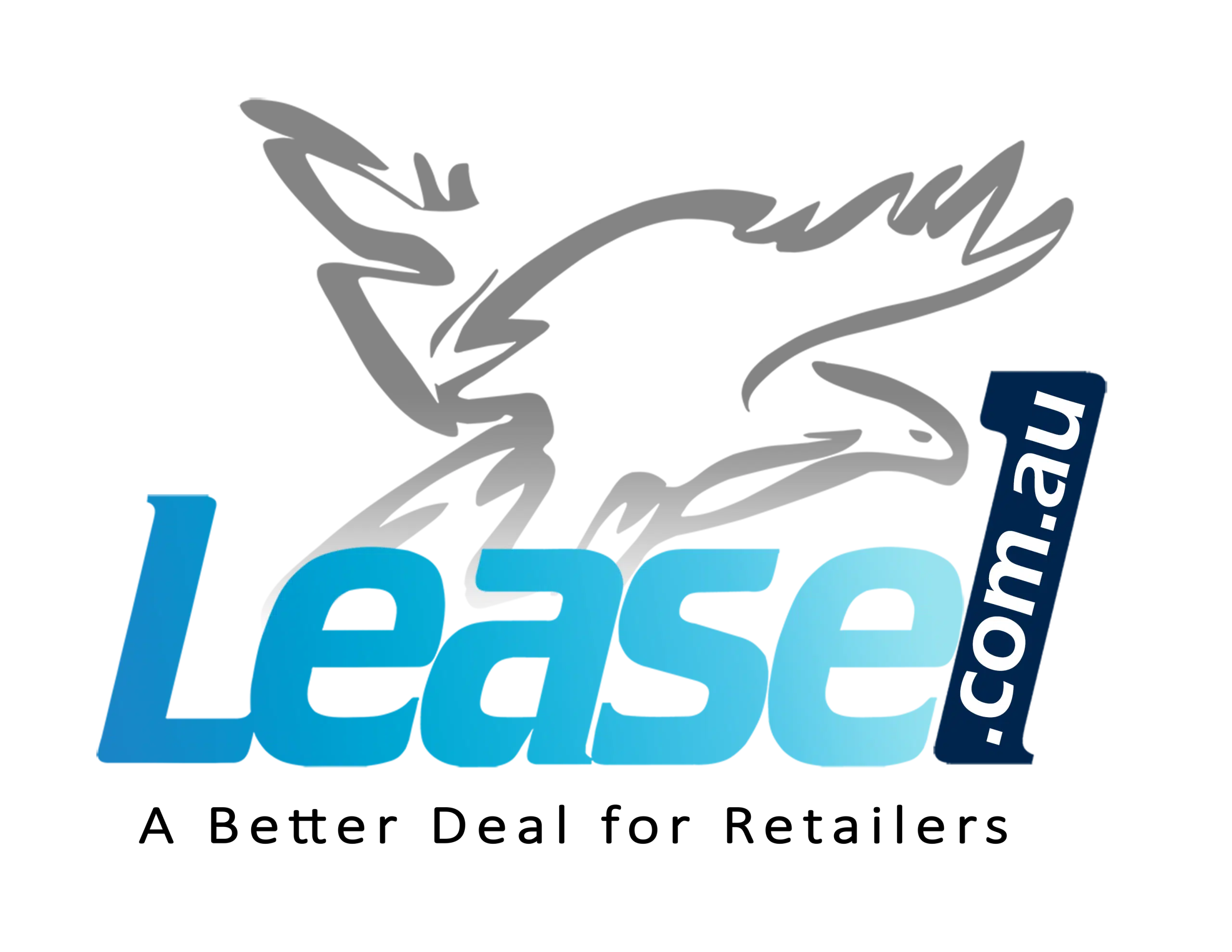Although both Landlord and Lessee have entered into a lease contract which sets out the platform for how each party will conduct themselves, the parties remain polarized and at times view each other as enemies rather than business partners.
The complexity and ever-changing landscape of retail property investment and retailing means the parties need to promote a continuing professional relationship.
Regardless of whether the parties actually like each other, they do need each other in good times and in bad.
It is all too easy for Retailers to fall into the mindset of “Landlord Bashing” referring or treating them as the big bad ogre the name Landlord may suggest.
To get most out of your lease and your relationship with the Landlord, Retailers do need to take a positive position.
Do tell the landlord when good things happen as well as when bad things happen, don’t always harp on the negative.
You can be sure of one thing if you only communicate on the negative when it comes a time that you as Lessee want something or need assistance don’t be surprised when the Landlord’s door remains shut.
Occupancy Costs
Every business has its own KPI’s or industry benchmarks for key performance measurement within its own industry channel.
More so, retail businesses are specific to their own retailing channel i.e. News agency, Bakery, Supermarket etc.
Each channel has its own occupancy cost ratios which relate directly to the relationship of gross rent to gross sales.
This ratio is an immediate snapshot of the health of a retail business within its type and style of retail premises be it shopping centre, high street, strip, neighbourhood etc.
A sound knowledge of your occupancy cost (gross rent/ gross sales) percent and your industry benchmarks is fundamental research prior to entering into any lease or lease negotiation.
If you don’t know your industry benchmarks consult your industry association/fellow retailer colleagues today.
Maximum Retail Space
After occupancy cost ratio, the other key benchmark to cross check in the health of your lease to your business is the sales per square metre ratio $(sales/m2).
Each retail channel has its own industry benchmark for sales/m2 and the analysis of your business to that benchmark can highlight to very serious problems.
- Premises too big
- Premises too small
Where your sales/m2 is lower than the benchmark and assuming average sale are similar then it is more than likely the area under the lease is too large.
This has a compounding effect of paying too much rent, extra capital spent on fit-out and usually carrying too much stock – the retail equation is very quickly fractured and immediate action is needed to remedy.
Conversely, we often see that a sales/m2 ratio well in excess of benchmark will lead to a retail business “overtrading” which can also be a serious problem over time.
As sales growth will plateau (physically can’t grow sales any further in the space under lease), other costs such as rent, wages, etc. continue to increase.
In this instance by mapping sales growth to anticipate the time sales will plateau you can plan for future expansion.

